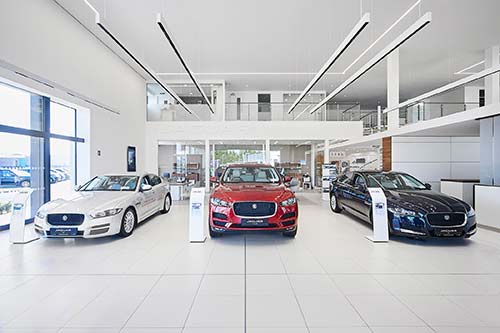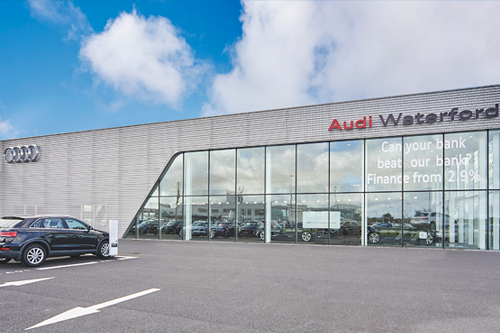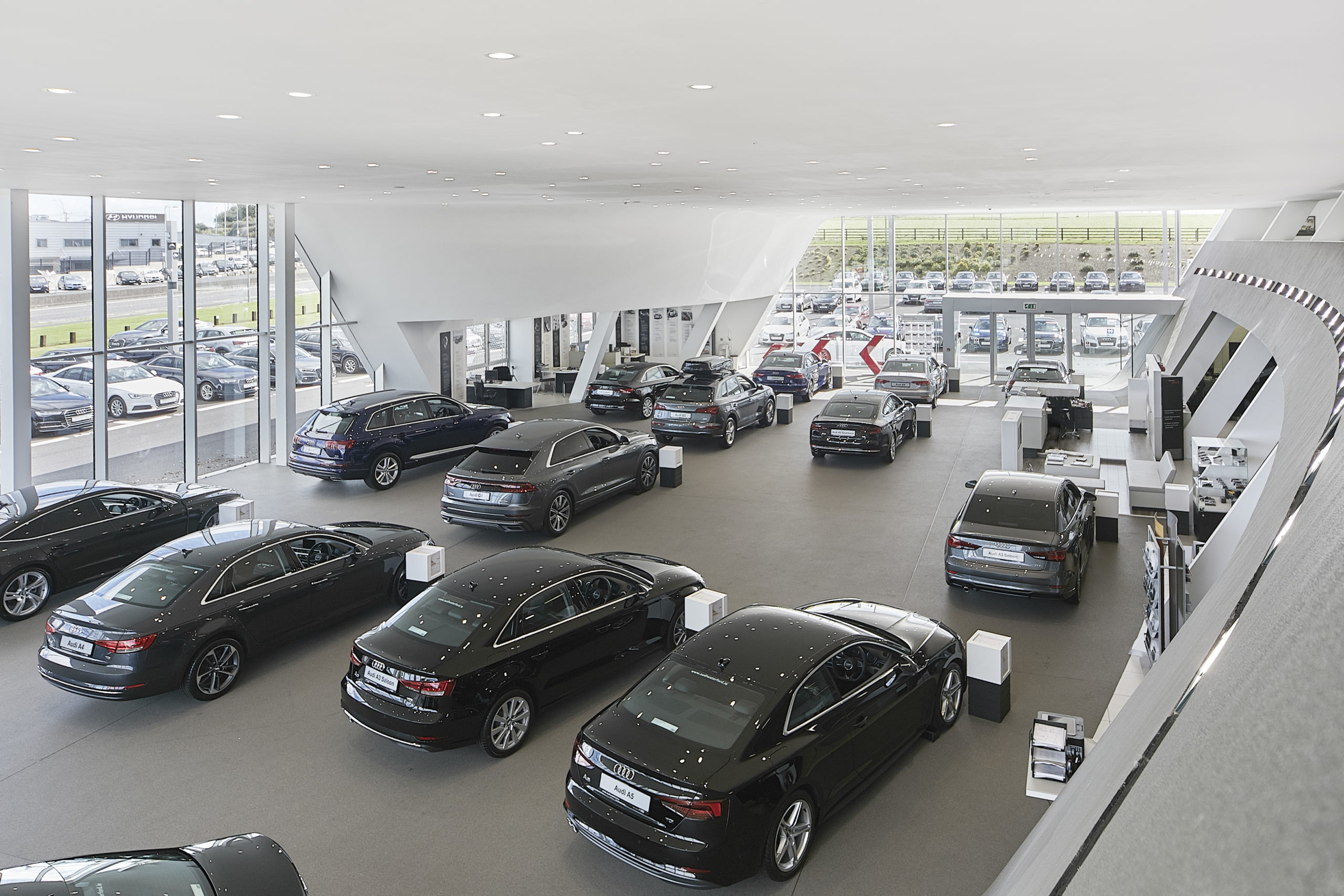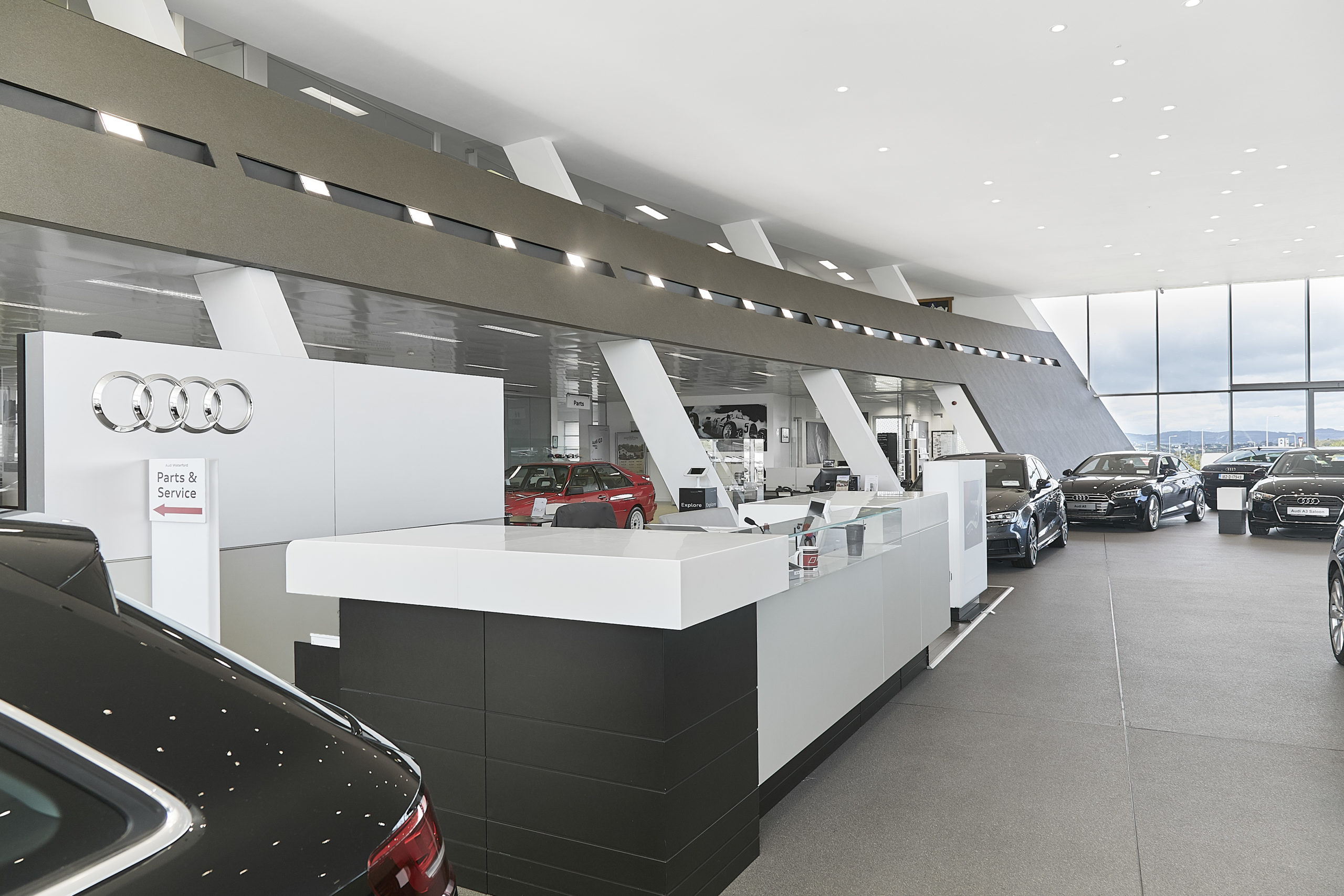RETAIL
10 mistakes to avoid when developing a Retail or Hospitality project
While the shape of retail has changed over the centuries, its importance as a centre of community life remains as vital as ever. In this age of technology, shoppers still crave authentic experiences. As global culture expands, consumers seek out places that have the familiarity of home. These factors converge in retail design that values the importance of place and the primacy of the customer experience. In this context, our versatility and Integrated Design Service experience make MDP + Partners a valued strategic advisor.
Design for Retail – Creating connections
People today live in a connected world that’s fuelled by an anytime/anywhere economy, mobile technology, and social media. But they continue to crave the in-person connections that make everyone feel human. Thoughtful retail design requires a deep understanding of the way brands and people connect and how design impacts customer experience and store performance. It requires insight into the differences—and similarities—in consumers, and a robust network that helps brands localize their design and business strategies. Good design needs to fulfil the innate human need for connection, participation, and sense of belonging that is overlooked too often in our global, mobile, virtual, high-tech world.
Retailers today relate to customers in myriad ways. The heart of the engagement is experiential, where the tangible comes in. The desire for community, authenticity, and a self-curated yet spontaneous flow of activities and events finds full realization in the setting and everything that supports it.
When clients seek greater efficiency and a smarter approach to business strategy what they are really looking for is that sweet spot where physical space becomes a tool for boosting human performance. Great design’s unique offering is how it facilitates desired outcomes by augmenting user behavior.
The retail landscape, has completely changed in the past decade on account of online shopping and the technological advances sustaining it. As consumers have become more accustomed to buying at the click of a mouse, physical retail locations have adapted. Retailers should now offer unique, curated experiences that shoppers can’t find in the online realm. Brick and mortar retail used to emphasize showcasing and storage; today retailers want to elevate the shopping experience to a plane of fun and excitement that was previously unimaginable.
Catering to informed shoppers
Flexible retail space lets retailers move quickly to capitalize on changing technologies. While online shopping has failed to bring the predicted demise of traditional retail, smart phones and Web 2.0 make it easier for shoppers to be better informed. Smart retailers are acknowledging and embracing this.
Today experience, as opposed to ownership, status, or image, is everything, and retailers are experimenting with new ways to attract consumers.
Brands are increasingly setting products apart by offering a premium level of service formerly reserved for the upscale market. The resulting “luxury for the masses” trend makes quality and brand names more accessible and affordable.
As part of the trend towards more luxurious offerings, traditional packaging, often an afterthought for merchandisers and tossed aside by consumers after a purchase, is giving way to more modern approaches. Sustainable and multifunctional packaging is the rise.
RETAIL BUILDING TYPES
Boutiques Cafes – Department Stores – Retail Stores – Restaurants – Car Showrooms – Beauty Salons






